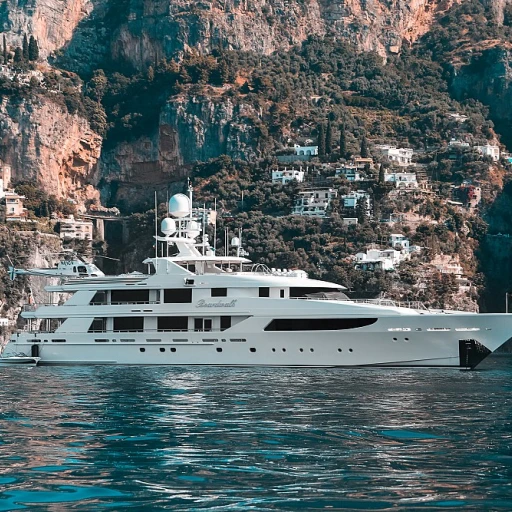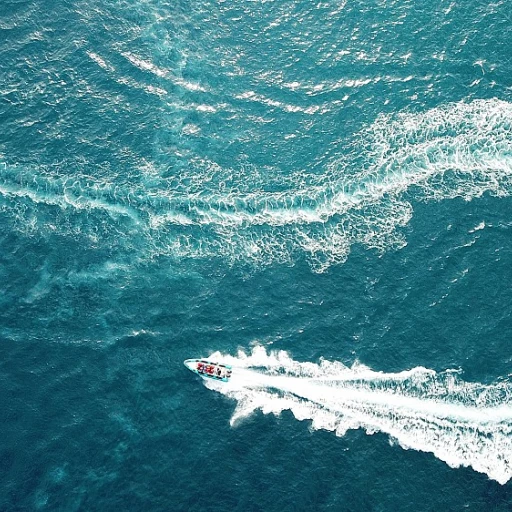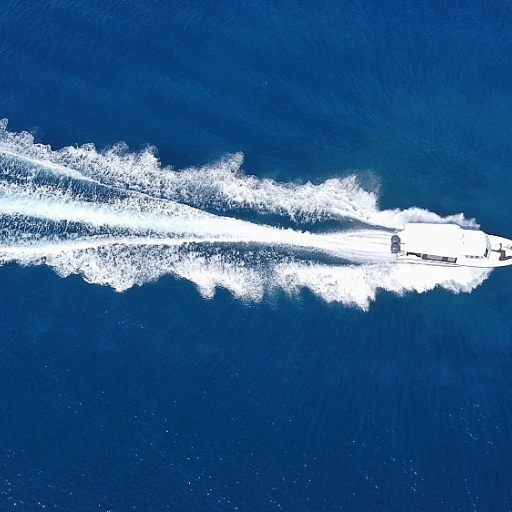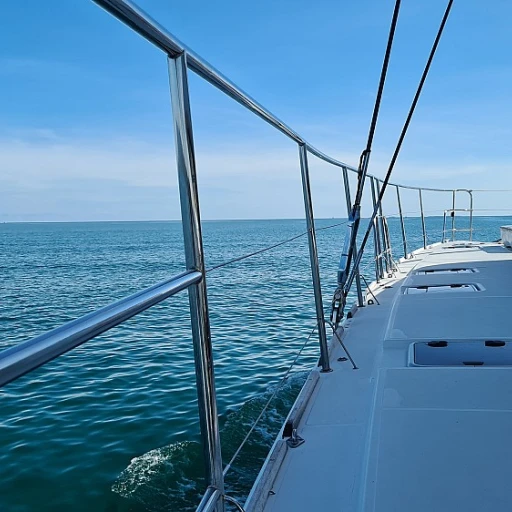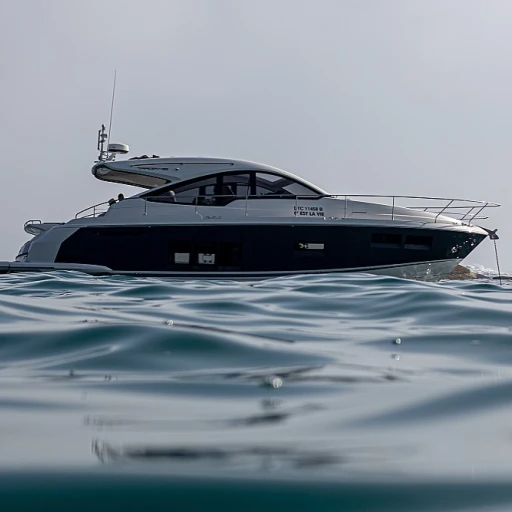Understanding Aluminum Boats
Decoding Aluminum Hulls
Aluminum boats have carved a unique niche in the yacht industry due to their distinct characteristics. Lightweight yet robust, these boats often offer a blend of strength and agility. Whether you're fishing on a serene lake or navigating along choppy coasts, aluminum hulls provide excellent durability without the heft of traditional materials. But with these attributes come certain considerations. The material's susceptibility to scratches and dents from docks or other boats highlights the need for extra measures of protection, such as utilizing fenders effectively.
It's important to note, however, that the flexibility of an aluminum hull does not detract from its resilience. Instead, this flexibility can act as a buffer, reducing impacts as long as the position and size of boat fenders are selected adequately. Depending on the length and type of boat, such as a fishing or cruising model, fender selection varies. For more depth on this, our guide on compact boat bumpers offers valuable insights.
Understanding how the material performs in docking situations is crucial. Aluminum's reduced height above the waterline compared to fiberglass or wood can affect docking dynamics. This characteristic underscores the need for proper fendering techniques to safeguard against accidental damage.
In yacht lifestyle circles, using the correct type of fender, be it cylindrical, flat, or even round fenders, will determine the efficacy of bumpers in protecting your precious watercraft during those crucial docking maneuvers.
The Role of Fenders in Boat Protection
Vital Shields Against Harsh Elements
Fenders play a crucial role in maintaining the integrity and aesthetic of your aluminum boat. When docking, your vessel is susceptible to various impacts that could compromise its surface. This is where the importance of boat fenders, often referred to as fenders bumpers, becomes evident. Fenders serve as a buffer between your boat and the dock, absorbing shocks and minimizing direct contact that could lead to unsightly scratches or dents. This is essential when considering the often busy and crowded nature of marinas. For aluminum boats, this protection is particularly vital, as the metal can be prone to visible marks from both minor and significant impacts. In addition to safeguarding against superficial damage, they also help in preserving the structural integrity of the boat over time. Given the different scenarios you might encounter, choosing fenders with the right fender size and style is key. For daily docking, cylindrical fenders offer great all-around protection due to their versatile shape and ease of adjustment with fender lines. On the other hand, dock fender options like flat fenders can be more suitable for applications where boats are moored side-by-side for extended periods. Distance, too, is significant. Ensuring the correct fender height—adjusted according to the boat dock's height, your boat length, and water level variations—is critical for optimal function. As you shop around for options, you might also consider the aesthetic component. Opt for colors like black if your goal is to complement your boat’s color scheme while offering robust protection. For further protection advice and to reduce risks, explore insights on enhancing yacht safety with rear-view mirrors.Why Fenders Matter for Aluminum Boats
Why Proper Fender Use Matters with Aluminum Hulls
Aluminum is a popular choice for boats due to its lightweight nature, durability, and resistance to corrosion. However, like all materials used in boat construction, aluminum has its vulnerabilities. One of the primary concerns for aluminum boats is the risk of surface damage during docking and when mooring alongside other vessels or structures. The role of boat fenders is invaluable here. Fenders act as a buffer, protecting the boat's hull from impacts against docks and from collisions with other boats. Specifically for aluminum boats, fenders provide essential cushioning, significantly reducing the risk of dents, scratches, and corrosion-inducing surface abrasions. Understanding how the height and size of fenders, such as round fenders or flat fenders, impact their protective ability is crucial. A fender's size should correlate with factors like boat length and the conditions it frequently encounters. In tight marinas or busy waterways, investing in heavy duty, perhaps cylindrical fenders, may provide the robust protection needed. Don't underestimate the importance of correct fender placement either. Whether you're docking at a crowded marina or mooring for the night, fenders should be positioned at the widest points of the boat and adjusted to hang at the appropriate height. For aluminum boats, vigilance in maintaining this buffer zone can prevent costly repairs and maintain the boat's appearance. For a seamless docking experience and enhanced protection, consider a complete fender pack or a versatile fender kit to suit various docking scenarios. Incorporating fender lines correctly and routinely checking your dock fender positions ensure ongoing protection. Avoid mistakes such as using insufficiently sized fenders for your boat's dimensions or failing to adapt the number of fenders to varying docking conditions. By acknowledging the specific needs of aluminum boats and choosing the right fenders with proper installation, boaters can enjoy greater peace of mind and sustained hull integrity. Furthermore, a well-chosen and maintained set of fenders can prolong the aesthetic and structural quality of your boat, making each voyage not just safe, but also enjoyable.Choosing the Right Fenders for Your Aluminum Boat
Selecting the Ideal Fender for Your Aluminum Boat
When it comes to choosing the right fenders for your aluminum boat, there are several factors to consider ensuring optimal protection and functionality. The true essence of safeguarding lies in selecting fenders that align with your boat's specific needs.- Fender Types: For aluminum boats, you can consider cylindrical fenders or flat fenders. Cylindrical fenders offer a versatile option that can suit various docking conditions, while flat fenders are space-efficient for storage.
- Size Matters: The fender size should correspond to your boat's dimensions. Take into account the boat length and height when determining the size boat fenders you'll need. Typically, fenders bumpers should cover one to two feet of the boat’s height to provide adequate protection.
- Dock Considerations: Consider the dock you're frequenting. If you're bringing your aluminum boat to a crowded dock, opting for heavy-duty fenders and dock fenders can offer essential protection against tight docking situations.
- Material and Color: Fenders come in various materials and colors, like black or RGB, to match your boat's aesthetic. Ensure that the fender material is durable enough to withstand the environmental challenges of docking sessions.
- Positional Adjustment: Make sure you can easily adjust the position of the fenders for precise protection. Using fender lines, you should be able to move your fenders close to a dock boat or adjust height as needed.
Installation and Maintenance Tips
Effective Fender Setup and Maintenance for Aluminum Boats
Ensuring that your aluminum boat is properly fitted with fenders is crucial for safeguarding against potential damage during docking. Below are some tips to consider when installing and maintaining fenders on your vessel:- Select the Appropriate Fender Size and Type: The first step is to choose the right fender size and style for your boat. For aluminum boats, consider factors such as the boat's length, height, and weight. Common options include cylindrical fenders for general use and flat fenders for tight docking areas. Heavy-duty or round fenders can offer additional protection for larger boats.
- Proper Fender Positioning: Positioning your fenders correctly is essential to maximizing their protective capabilities. Fenders should be placed at the widest part of the boat, typically at the beam, to prevent contact with the dock or other boats. Adjust the height of your fender lines to ensure the fenders hang just above the waterline and compress easily over the rail of the dock.
- Install Fender Kits for Versatility: Fender kits often come with various sizes and shapes that can be customized to fit your needs. Kits can include dock bumpers for protecting your boat dock when not in use and additional fenders for extra protection during rough water conditions.
- Regular Maintenance and Inspection: Keep your fenders in top condition by inspecting them regularly for any signs of wear and tear. Check for punctures or deflation and clean them with mild soap and water to prevent any dirt build-up. Regular maintenance extends the life of your fenders and ensures optimal protection for your aluminum boat.
- Avoid Common Installation Mistakes: Ensure that your fenders are not too small or too high above the waterline, as these are common installation mistakes. Fenders that are improperly installed can fail to protect your boat effectively.



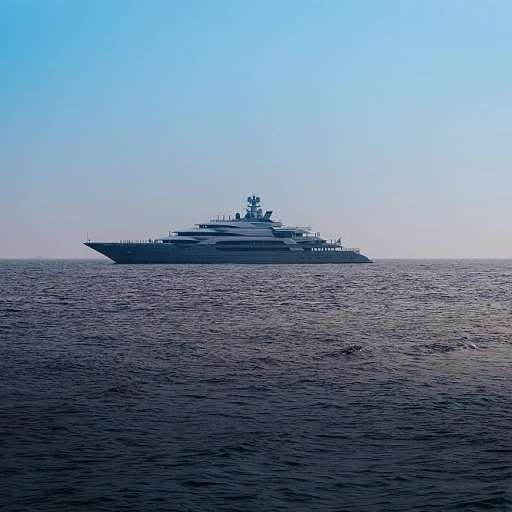
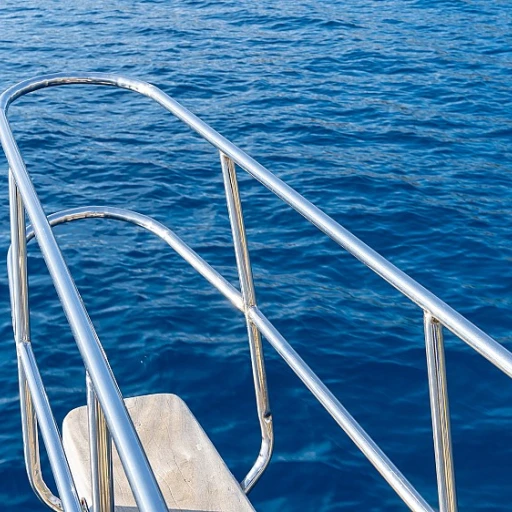
-large-teaser.webp)
